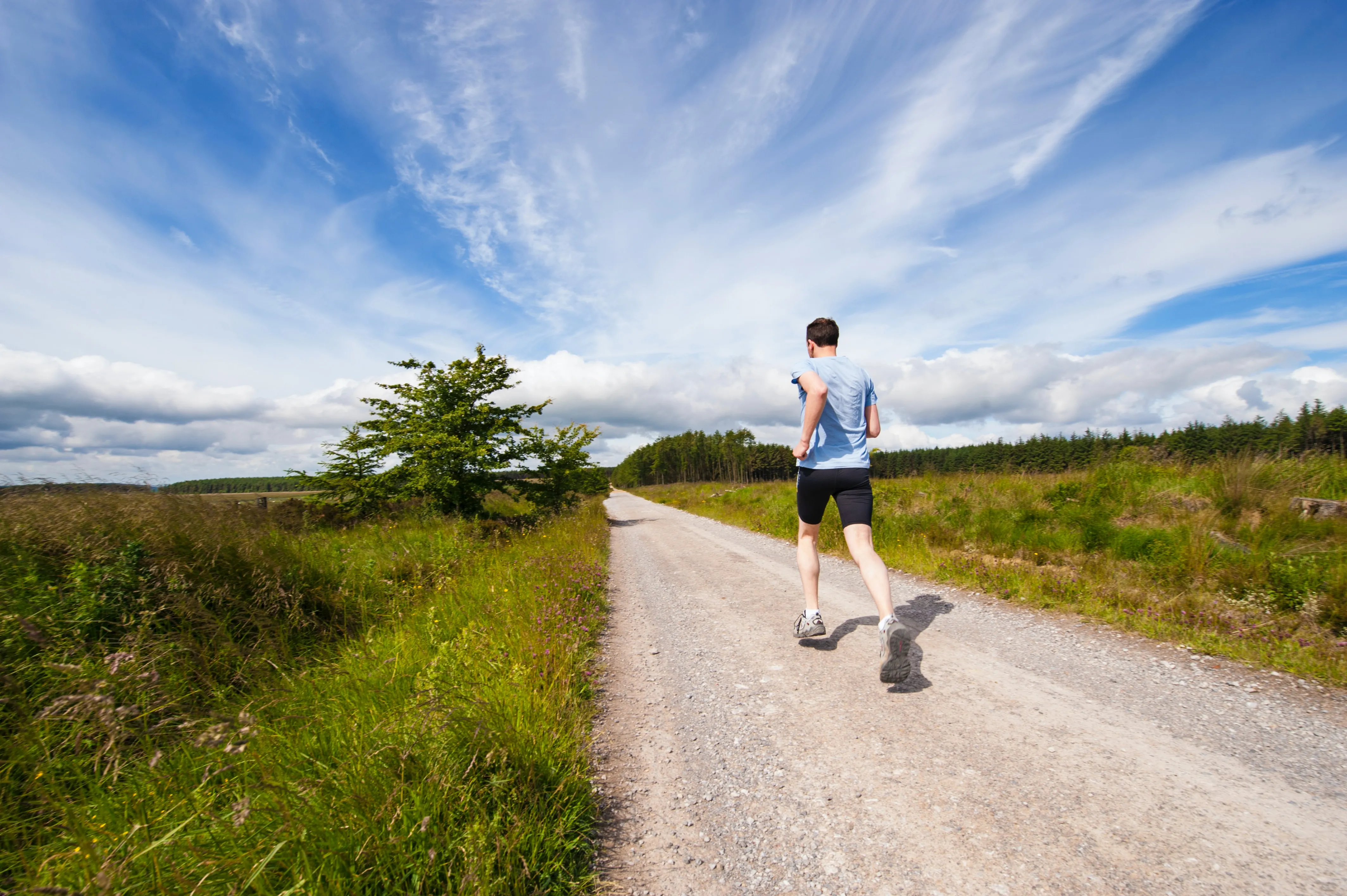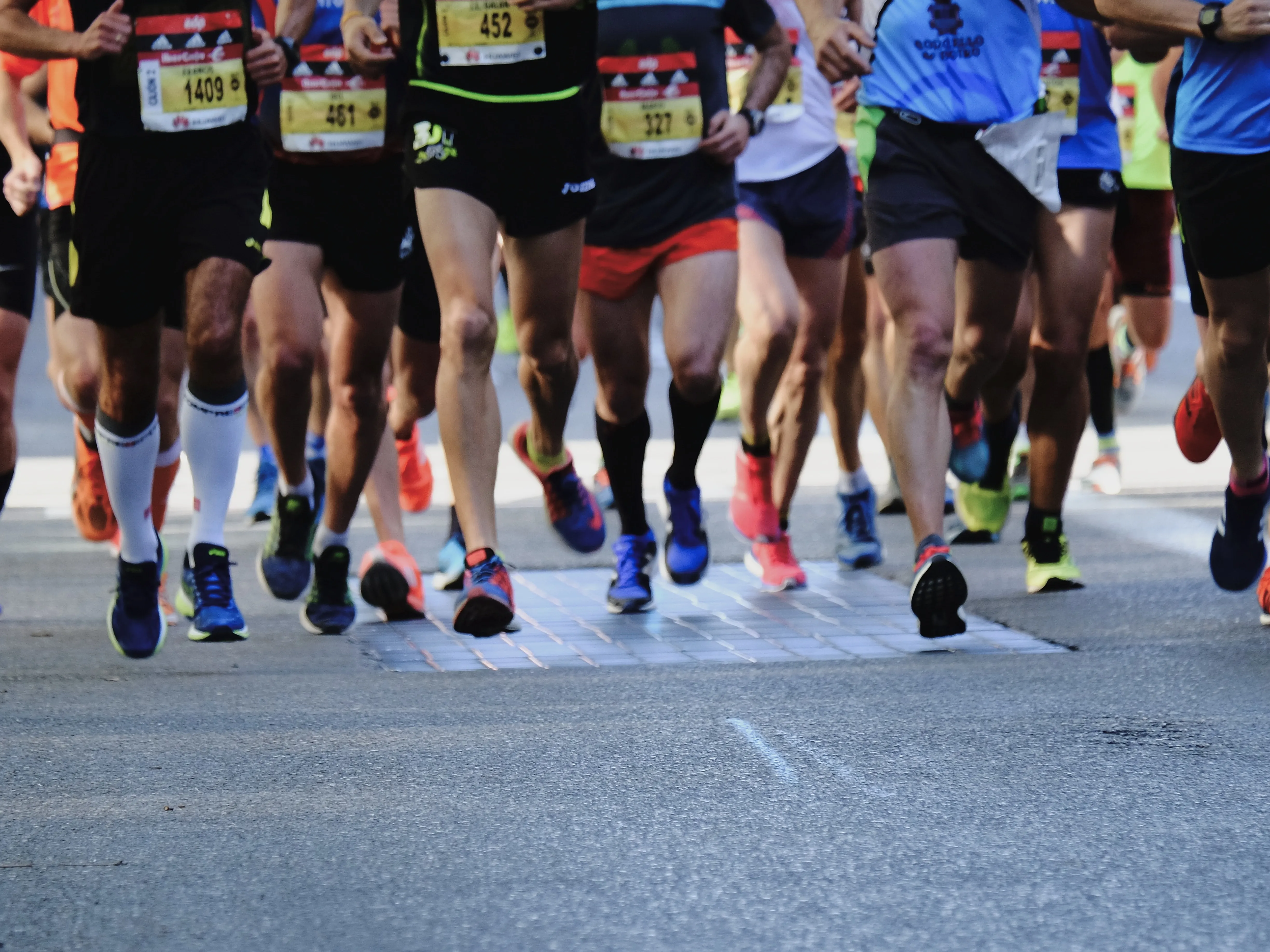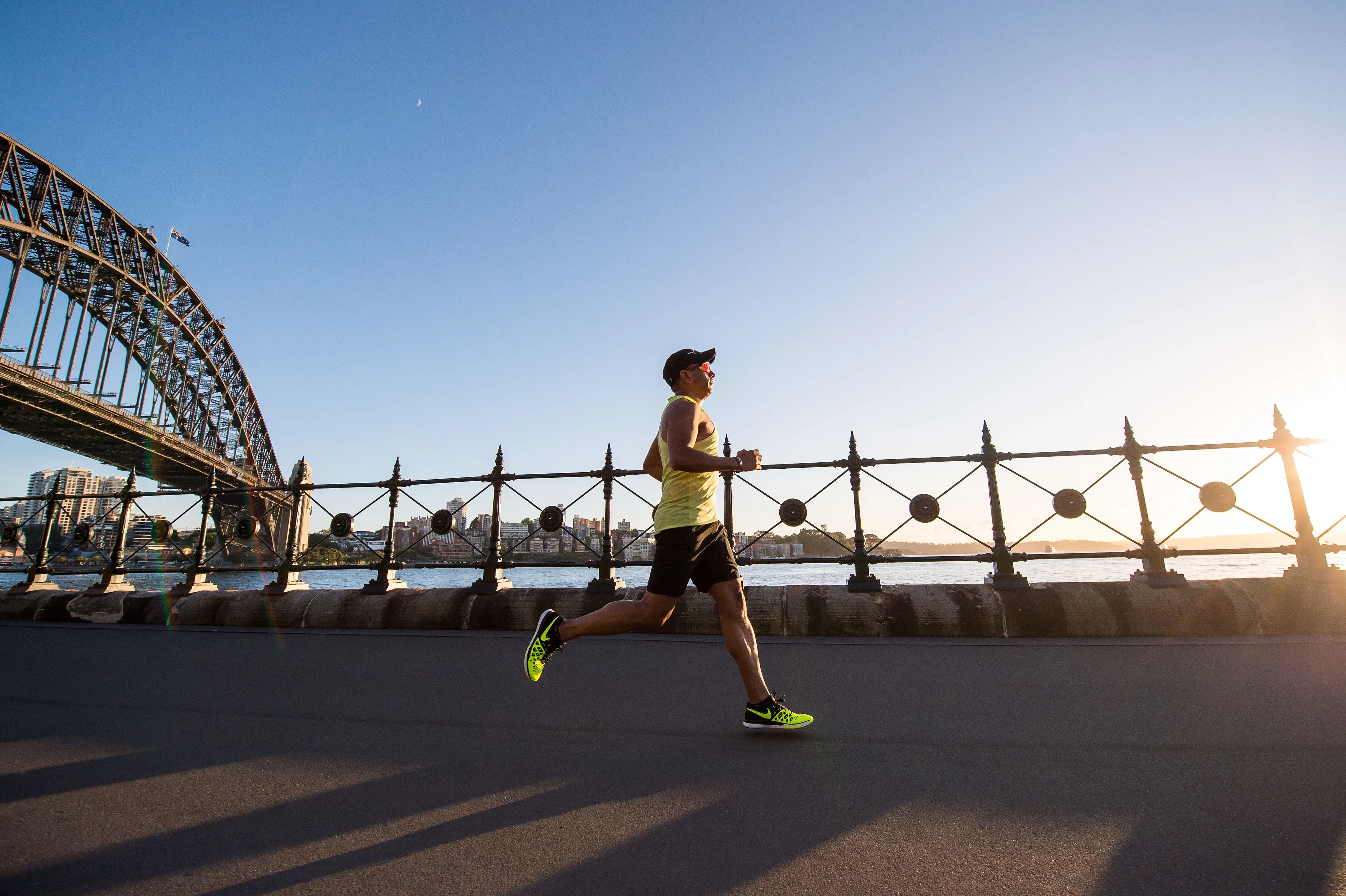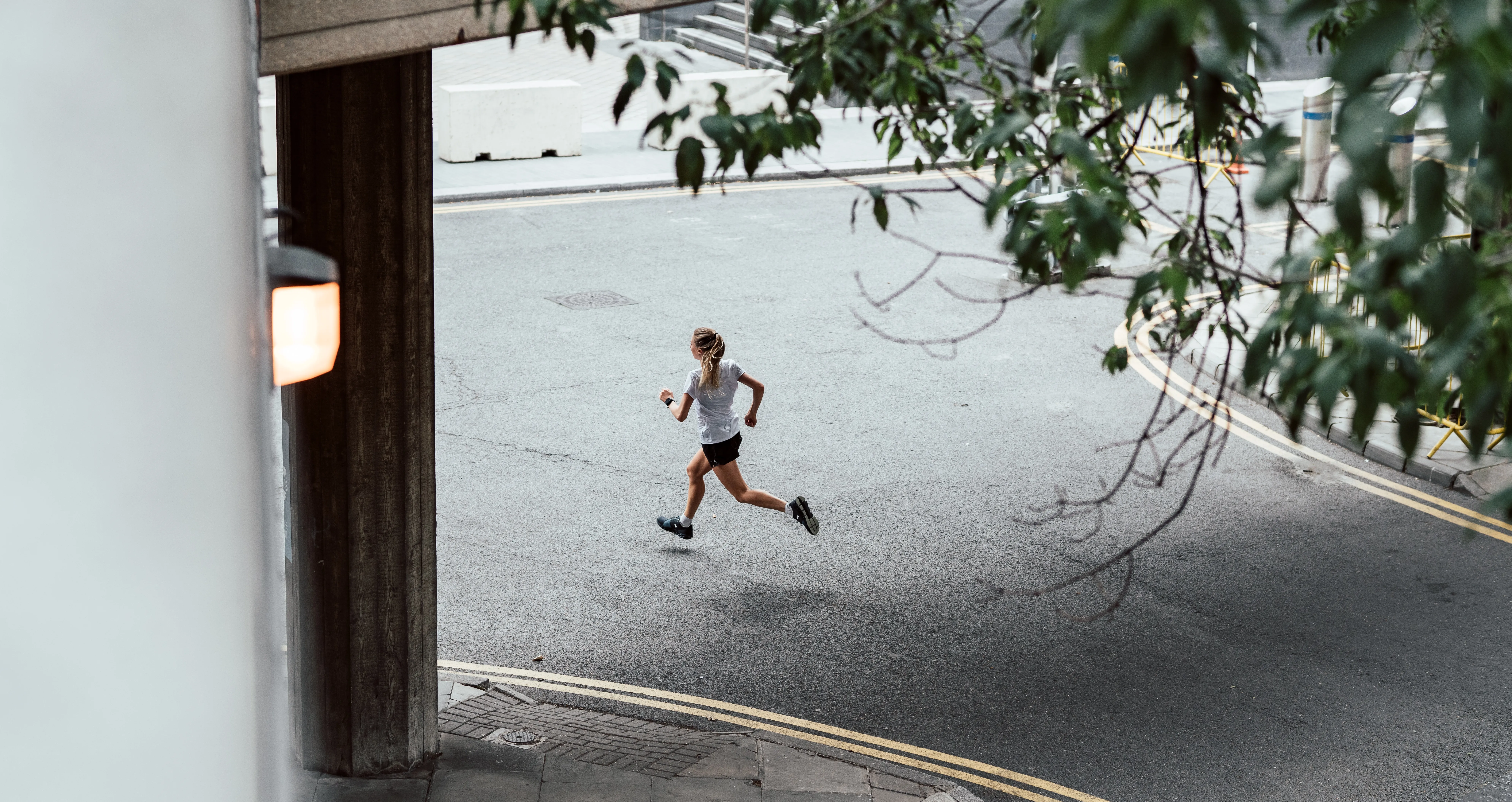
Running is one of the most popular and effective ways to stay fit and healthy. Many people pick up their running shoes and hit the road without any particular plan or goal. While “just running” is okay for a free and refreshing run, it may not work in the long term especially when you have certain running goals in mind, like preparing for a race or improving your running speed. If you wish to be specific with your running training, understanding how far you are running is crucial. Accurately measuring the distance you run can help you assess your performance, plan your future runs and most importantly, prevent injuries caused by over-training. This article provides useful tips on how to measure running distance accurately.
Understanding the Importance of Measuring Running Distance

Why is it important to measure running distance? First, knowing your distance helps you track your progress. By monitoring the changes in the distance you can run, you can see how your endurance is improving over time. Second, distance measurement is key to preventing over-training and injuries. It allows you to increase your running volume wisely and slowly, without overloading your body. Finally, if you have a race coming up, knowing how much you are running can help you prepare adequately for the distance of the race.
Methods to Measure Running Distance
There are various methods to measure running distance, ranging from high-tech solutions like GPS devices and smartphone apps, to traditional methods like mapping out your route on a physical map.
GPS Devices and Smartphone Apps
A range of wearable tech products and smartphone apps have been developed to measure distance accurately. These make use of GPS technology to track your movement, which can then be used to calculate the distance you’ve run.
Wearable GPS devices, such as watches by Garmin or TomTom, track your location continuously and measure the distance you cover in real-time. At the same time, they record other information like pace, heart rate, and calories burned.
Similarly, there are smartphone apps like Strava, Nike Run Club, and Map My Run that provide you with distance information using your phone’s built-in GPS. These apps also provide additional features like tracking your running route, saving your running history, and even giving you audio cues for pace and distance.
Online Mapping Tools
Various free online mapping tools also help you measure the distance of your runs. Websites like Map My Run and Google Maps let you create, save, and edit routes by clicking points along the route you intend to run. They automatically calculate the total distance based on the route you’ve drawn.
Running Tracks and Treadmills
Running on a track is another easy way to measure your distance. Standard outdoor tracks are usually 400 meters long, so four laps equal one mile. Running on a treadmill also provides an accurate measurement of distance as the machine tracks the rotation of the belt to calculate how far you’ve run.
Choosing which method to use depends on your personal preference and the resources available to you. Regardless of the method, knowing how far you run is an important step in taking control of your training and moving towards your running goals.





